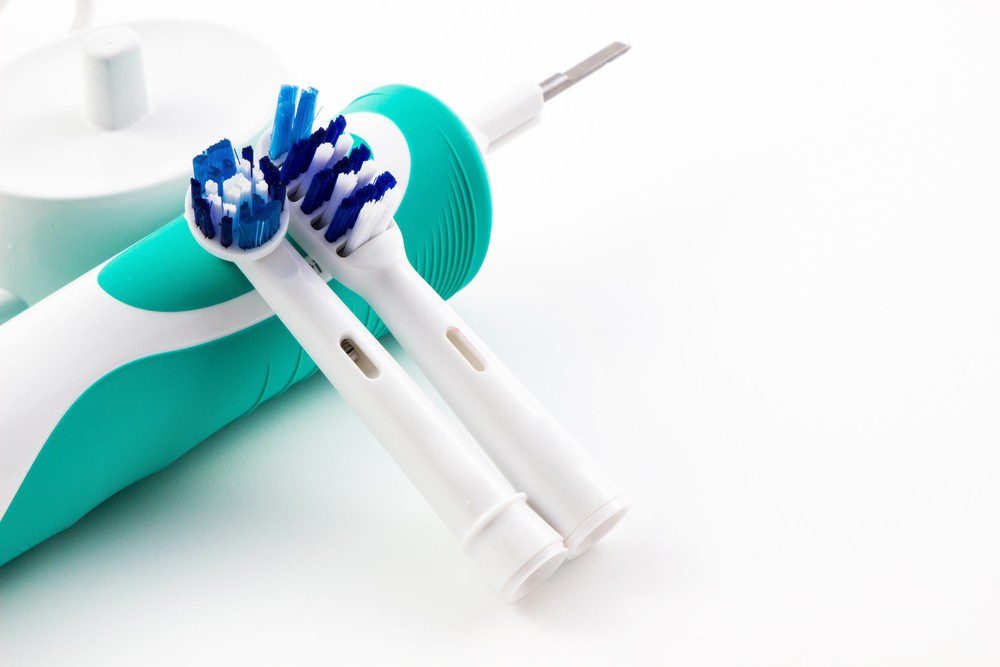
Concern surrounding the weight of America’s children is nothing new. However, a thesis by a graduate student in Sweden could provide a new insight into how to overcome the ever-rising statistics.
Childhood Obesity and Modern-Day Lifestyle Habits
The lifestyles of today’s children are very different from children in decades past. Daily exercise in the form of walking to and from school, playing outside until the lights came on, and even school gym classes and long recesses simply doesn’t exist in the same way anymore. Diets have also changed drastically to include far more sugar, carbohydrates and fat along with much bigger portion sizes than ever before.
According to research from the New Hampshire Department of Health and Human Services, the average American consumes almost 30 pounds more sugar a year than they did in 1970.
Not only is sugar concerning from an internal medicine and weight aspect, but it’s also extremely damaging to oral health, which can have far-reaching implications, according to Dr. Amy Norman, DDS, a dentist in Everett, Washington.
“As soon as sugar is consumed, a reaction occurs between the bacteria that naturally exists in the mouth and the sugar, creating acid. This acid eats away at the enamel that protects the teeth and over time can lead to severe tooth decay,” she said.
Dental Health Angle Could Help Encourage Healthier Choices
There have been numerous initiatives over the years attempting to get kids and adults moving more, eating less and making healthier choices. One new study looks at it from a new perspective: oral health.
Using data from a large European study, Louise Arvidsson, a doctoral student at the University of Gothenburg’s Institute of Medicine, dedicated her entire thesis to understanding and preventing childhood obesity. Much of her previous research determined what doesn’t work in helping kids develop healthier habits, including diets and simply stopping children from eating too much when they begin overindulging.
What she believes will work is talking to children and even adults about their eating habits in a dental context. Her research showed success with this method regardless of the children’s weight and socio-economic background, which both often played a role in past weight-related initiatives.
One aspect of her research analyzed the eating behavior, BMI and dental health of 271 children. She discovered that the children with more cavity-related bacteria had higher BMIs and less healthy eating habits including more frequent eating and snacking and diets higher in sugar.
Childhood Obesity and Diabetes
According to Let’s Move, a childhood obesity prevention and solution initiative started by Michelle Obama, the problem has become so concerning that experts predict one-third of all children born after 2000 will have diabetes at some point in their life if nothing is done to stop the cycle.
Diabetes is a life-changing disease that affects more of the body than most people realize. In fact, patients with diabetes have to take special care of their mouths because their condition puts them at greater risk for gum disease and tooth loss, Norman said.
“Controlling blood sugar levels is key to preventing additional dental complications in patients with diabetes,” she said. “But, a third of patients with diabetes develop severe gum disease.”



